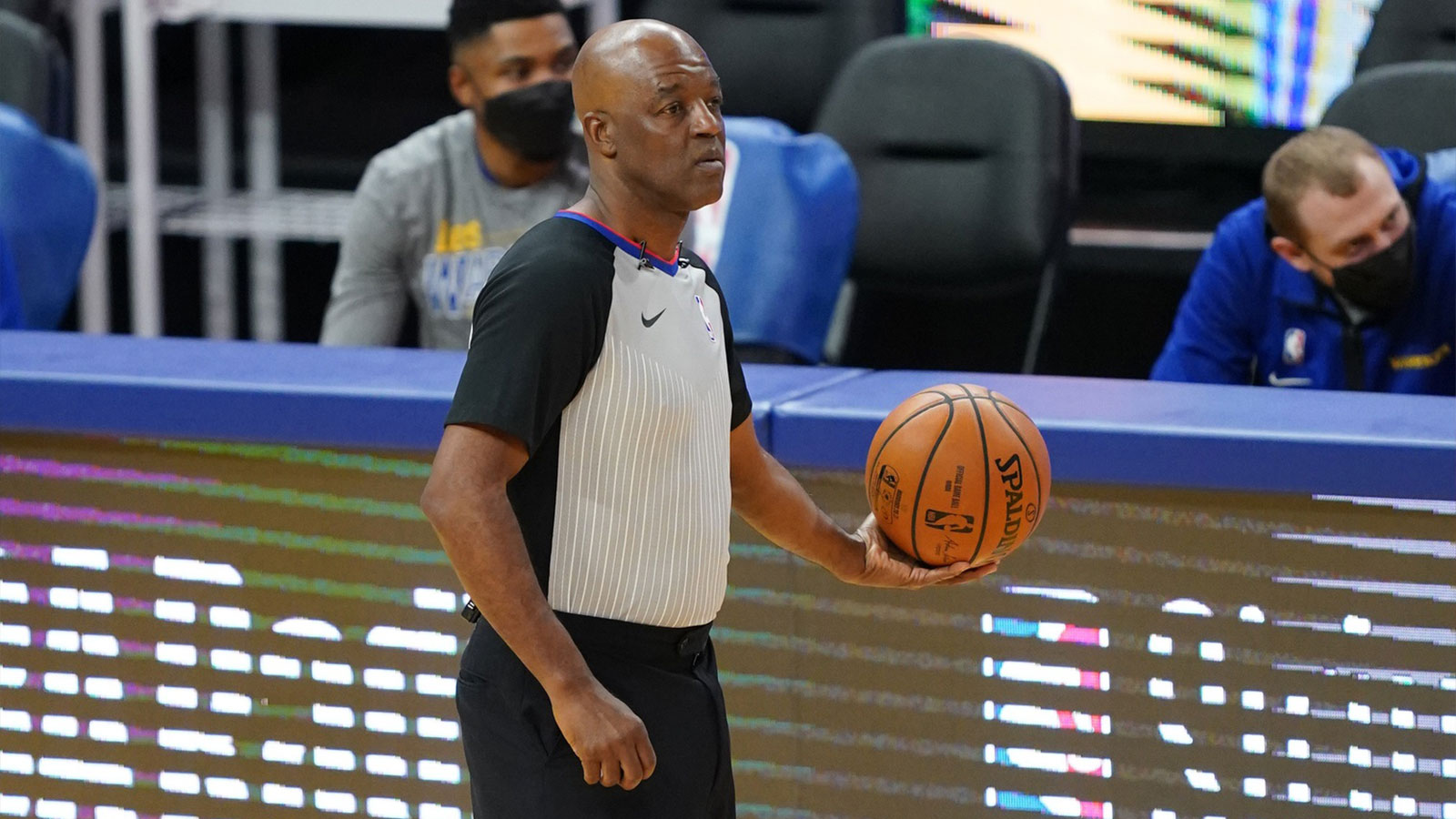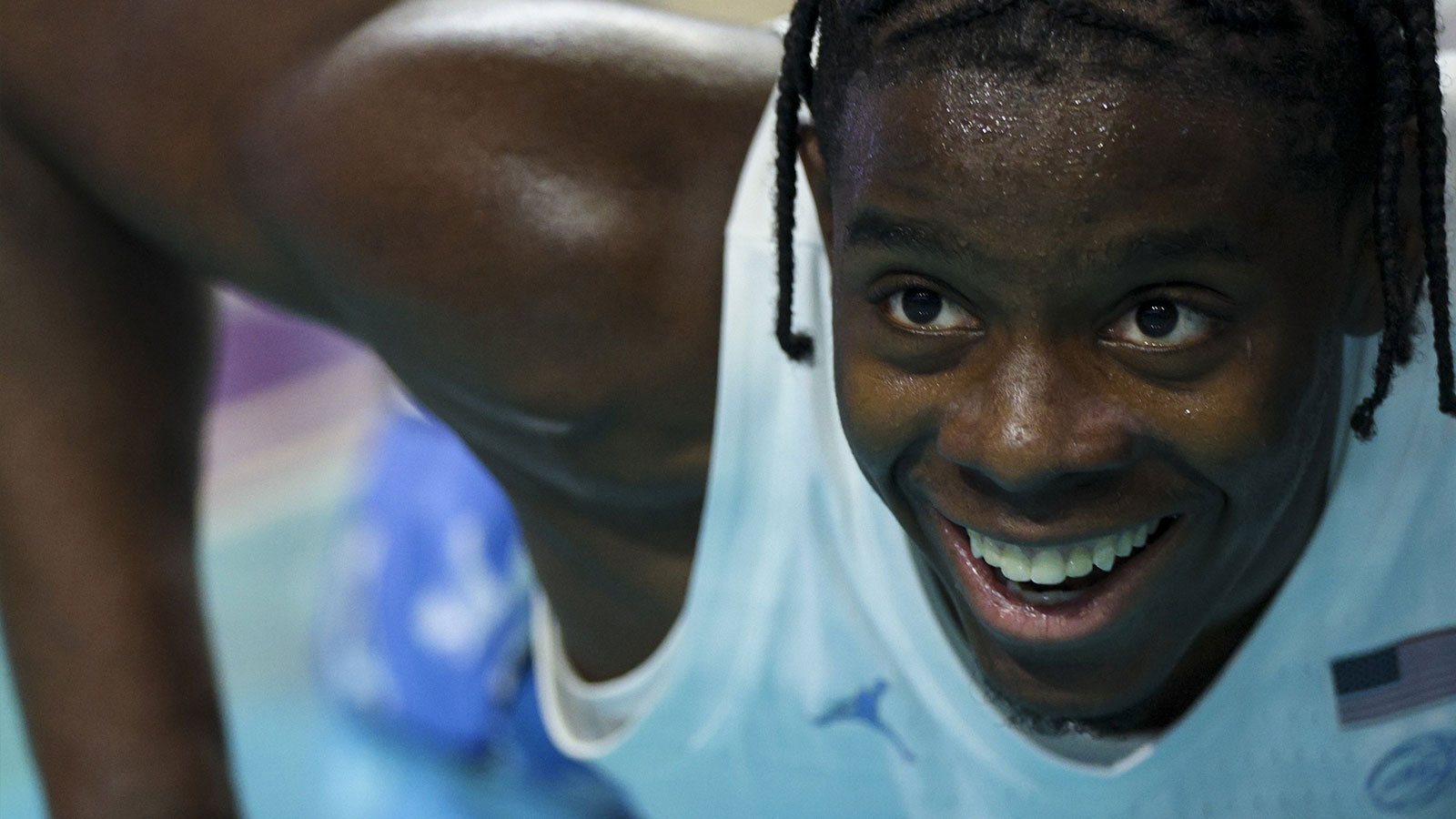Following the Duke-Wake Forest court storming that injured Blue Devils star Kyle Filipowski, calls are coming from all over the college basketball world for the powers that be to stop this dangerous practice. Duke alum and top college basketball analyst Jay Bilas has an extreme idea to end court storming, which involves arresting everyone who runs onto the floor.
“The truth is, nothing is going to change now. We’re going to talk about it, and it’s going to go away, and nothing’s going to change,” Bilas said on ESPN on Monday morning. “If they wanted to stop it, they could stop it tomorrow.”
Bilas went on to say that the schools will say security experts tell them that trying to physically stop the court storming is more dangerous than letting it happen in the moment, but Bilas’ idea to end this tradition once and for all goes into effect after the court storming is complete.
“You don't have to stop the court storming. One time, all you have to do is once they're on the court, don't let them off,” Bilas suggested. “Just say, ‘You're all detained' and give them all citations or arrest them if you want to. And then court stormings will stop the next day.”
ESPN's Jay Bilas on court storming: "If they wanted to stop it, they could stop it tomorrow… You don't have to stop the court storming. One time, all you have to do is once they're on the court, don't let them off. Just say, 'You're all detained' and give them all citations or… pic.twitter.com/Bdbb0SZTDy
— Awful Announcing (@awfulannouncing) February 26, 2024
This is a bold (to say the least) suggestion from Jay Bilas, but his overall point makes sense.
It is a cop-out for schools, conferences, and the NCAA to say that they can’t stop court stormings because it is dangerous in the moment. Of course, that is true. However, there are a myriad of other penalties that can result from a court storming — from taking away the win to banning a team from postseason play to Bilas’ aggressive suggestion — that would stop these incidents from happening before they start.
While people may or may not agree with Bilas’ idea after the Duke-Wake Forest court storming incident and Kyle Filipowski injury, he also made a legitimate point about how the college basketball media is also partially to blame for these events.
“It was network policy not to show that because we didn't want to encourage it,” Bilas recalled. “So what does that say about the way we in the media use these images now? We can't deny that we encourage it. Or at least tacitly approve of it.”



















